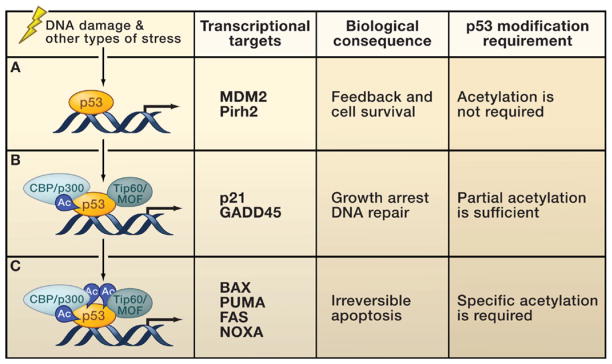Figure 3. p53 Acetylation and Target Gene Regulation.

Upon stress-induced p53 activation, different sets of p53 target genes have different requirements for p53 posttranslational modifications.
(A) A number of promoters can be activated by un-acetylated p53. This class of p53 target genes protects cells from excessive p53 activation. These target genes include Mdm2, Pirh2, and others.
(B) The activation of genes involved in DNA repair and cell cycle control requires recruitment of specific histone acetyltransferases (HATs) and partial acetylation (Ac), acting at least in part by antirepression.
(C) Full acetylation of p53 is required for the activation of proapoptotic genes. Activation of these targets induces a program to ensure efficient apoptosis.
